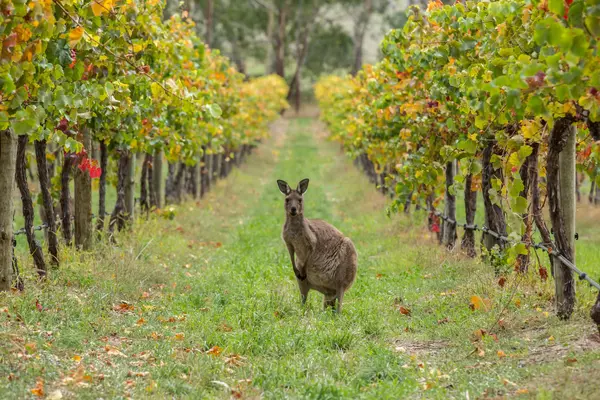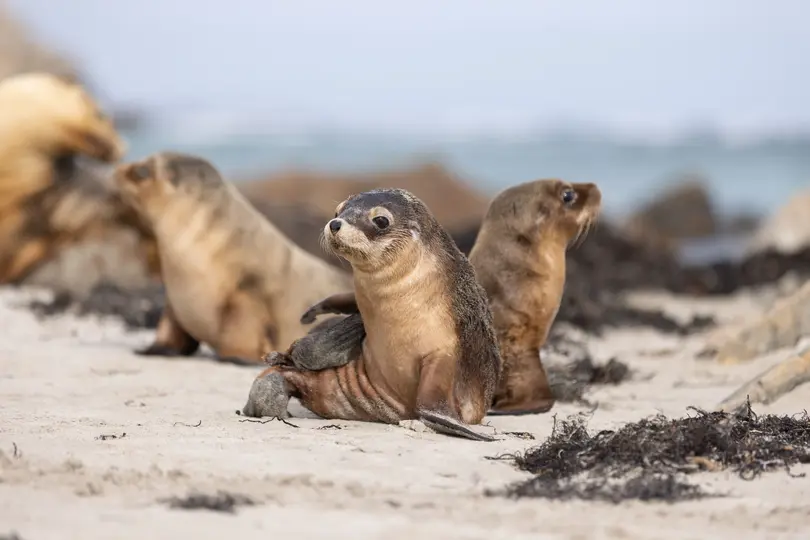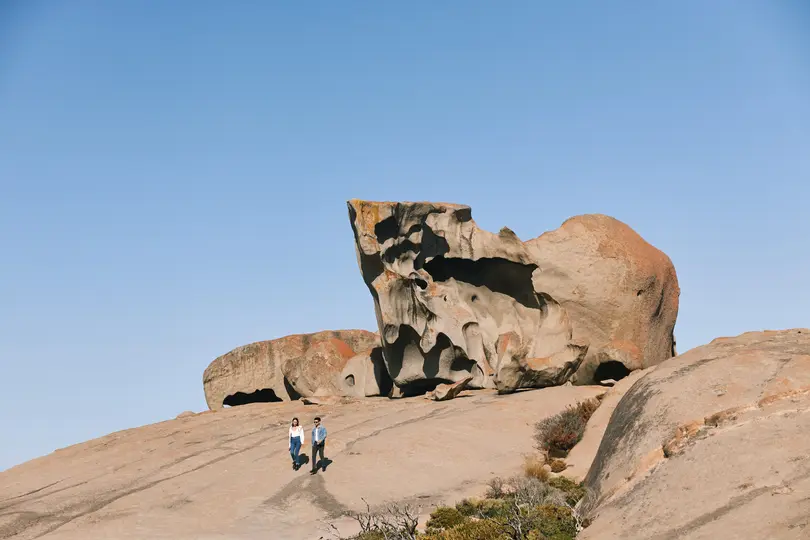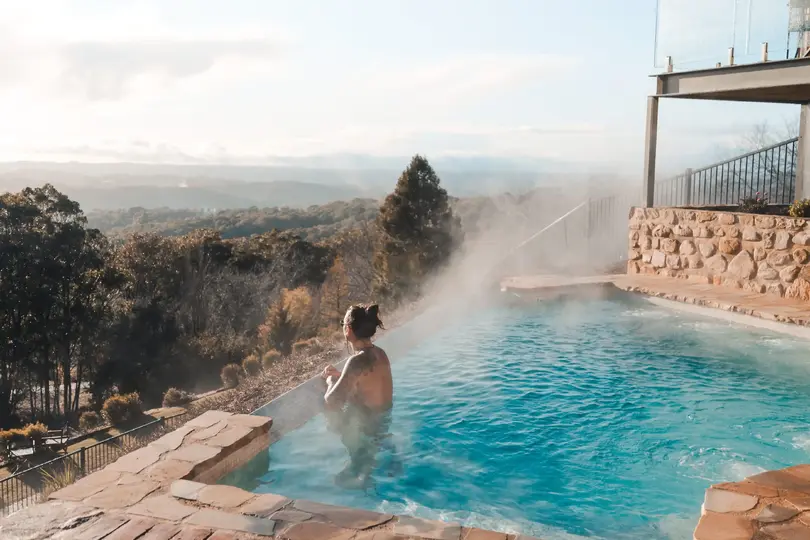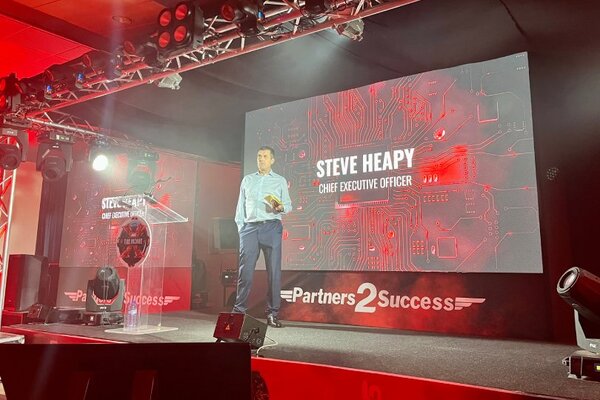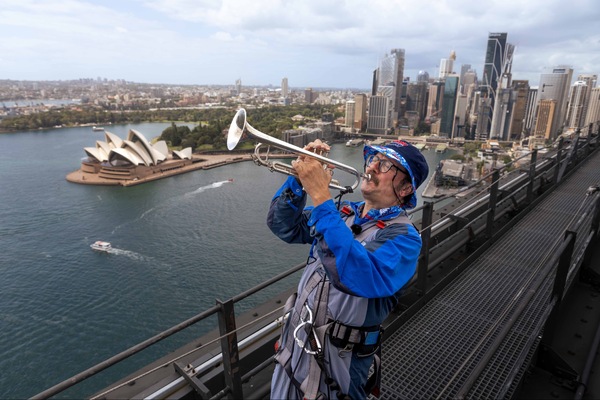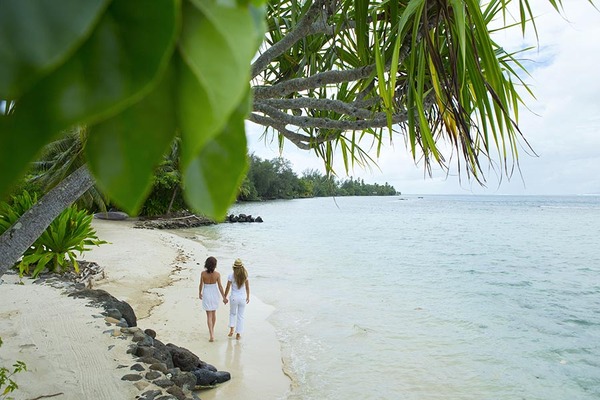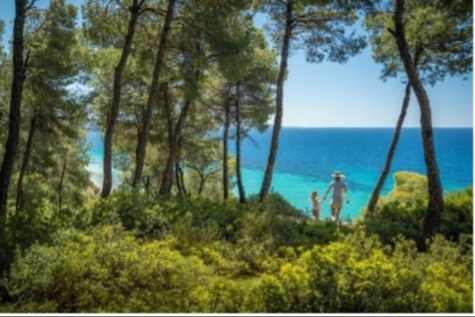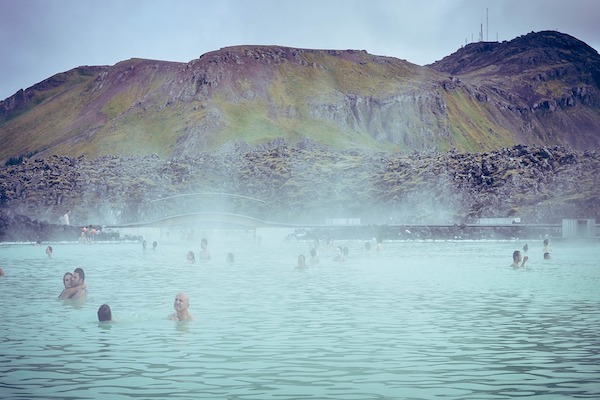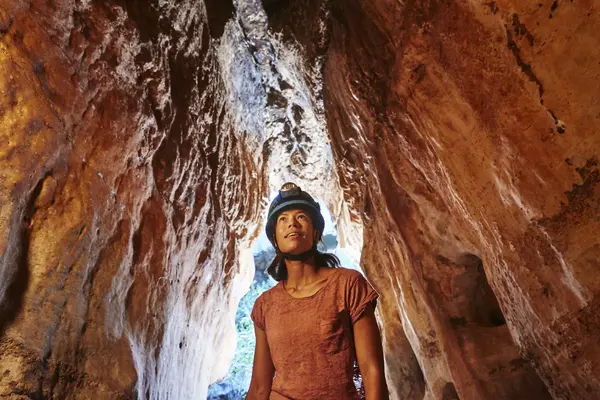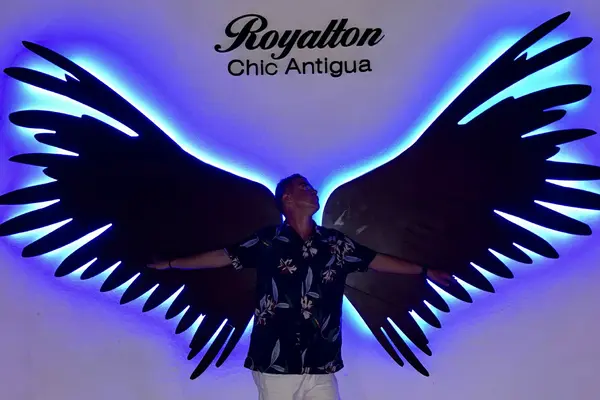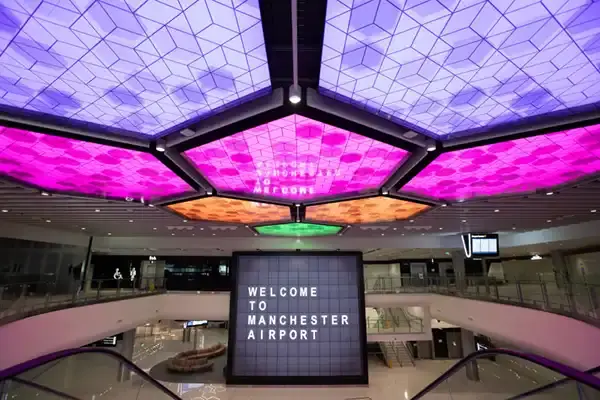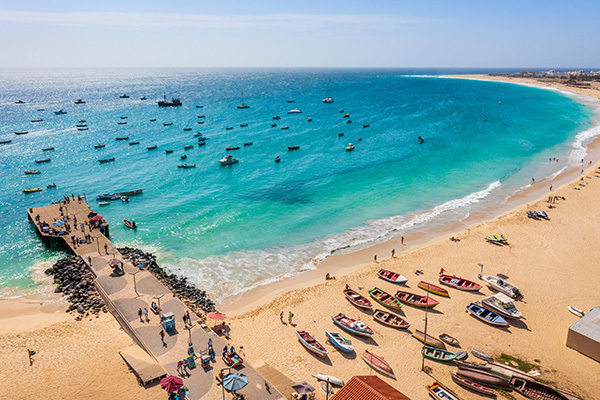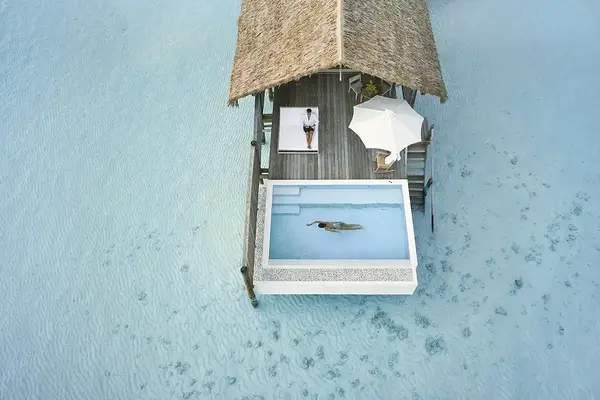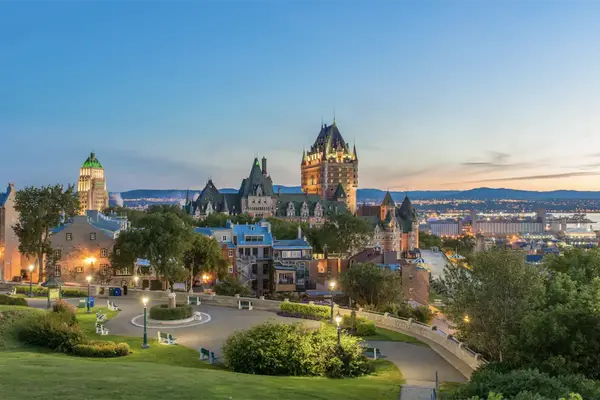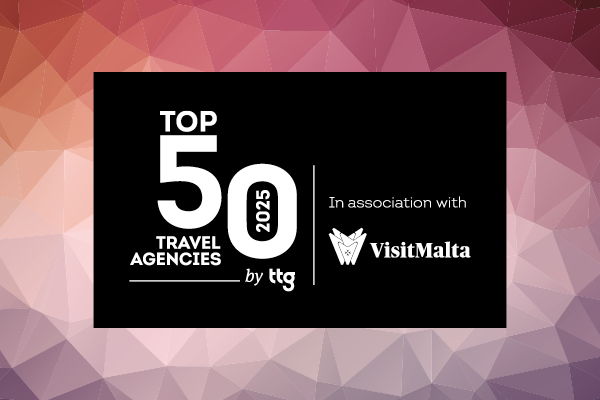'I'm calling it, this is Australia's number one state for wine and wildlife'
The wealth of nature on rejuvenated Kangaroo Island is matched by the calibre of the vineyard experiences in Adelaide Hills, and both are easily accessible from South Australia’s gateway, Adelaide, finds our writer
“If we drove here four years ago it would be ash. All we’d see would be skeleton trees for kilometres,” says our guide. It’s hard to comprehend, because below our lookout is a carpet of green.
Just less than half of South Australia’s Kangaroo Island was affected by wildfires over the summer of 2019/20. But seed pods burst like popcorn, scattering their contents into nutrient-rich ash. Underground tubers and the epicentres of charred eucalyptus trees later pushed forth new life. Dormant species, no longer competing for light, remerged. “It’s like giving the environment a spa day,” our guide explains, albeit one with delayed benefits.
Kangaroo Island is 30 minutes by air from Adelaide or 45 by ferry from Cape Jervis. Though about half the size of Cyprus, limited fresh water meant it was never settled by Aboriginals. Salt pans, handy for meat preservation, instead attracted 19th century sealing and whaling parties. Nowadays, the village-like population of 5,000 is boosted by visitors coming to watch such wildlife.
A boardwalk takes us close to the Australian sea lion colony at Seal Bay. Adults loll beside the path and pups play chase round a rocky ledge. A curious youngster peers up at us between the planks of a viewing platform.
Our guide leads us onto the white sand a careful distance from some snoozing males. Many females are out on the continental shelf, swallowing whole lobsters and crabs, along with smooth stones that grind off the shells for later regurgitation. Exhausted, they’ll collapse back on the shore and call to pups they’ve left tucked into the landscape.
A MASTERCLASS IN WILDLIFE
That night, we stride into the bush with red torches on a nocturnal tour at Hanson Bay Wildlife Sanctuary. I’m staying nearby at the beautifully rebuilt Southern Ocean Lodge and this is among many included excursions.
Kangaroo Island is a stronghold for Tammar wallabies, and we soon see one. A bush-tailed possum crosses our path then we cap that with a mother and baby koala feeding at eye level.
Within Flinders Chase National Park, the non-living nature is no less extraordinary. The strangely eroded Remarkable Rocks live up to their name. Some are smooth mounds, like Uluru in miniature, others have curved overhangs topped with orange lichen. Most striking is a huge wedge with hollows like a cartoon cheese.
Kangaroo Island has given me a masterclass in the first of South Australia’s twin draws of wildlife and wine. For the second, I head to Adelaide Hills, east of the city.
THE HILLS ARE ALIVE
Not that I’m leaving nature behind. Two kookaburras are perched on posts and kangaroos nibble the grass as we arrive at Tapanappa Tiers Vineyard, founded by the Croser family in collaboration with Bollinger.
Though Adelaide Hills is lesser known than McLaren Vale and Barossa, the region has around 40 vineyards producing sparkling whites and colder-climate reds. It has a reputation for bucking the trend with European production styles, and there’s another difference.
“From a tourism perspective, we’re closer. You’re only 25 minutes from the city, you can Uber it up here,” points out direct to consumer manager Molly Yang as she pours us tasters.
At our next vineyard, Deviation Road, my Coast & Co tour group lunches on mini pies and salad on the terrace, while cockatoos shriek in the trees. Co-owner Hamish Laurie tells us his great, great grandmother was South Australia’s first registered female winemaker, her husband a magistrate who brazenly sentenced people to
labour in their vineyard.
Deviation Road is among Adelaide Hills’ many small artisan producers. So, what do these relative wine hipsters see as the next big thing?
White Burgundies are on trend internationally, explains Hamish, the price of some vintages increasing tenfold. The French region has a near monopoly but, he muses, “as it’s scarcer, where in the world do you go? I think Adelaide Hills is a real contender.”
I’m here in autumn and as there’s a five-degree difference between Adelaide and its hills, so it’s good to soak in the spring-fed hot pools at Sequoia Lodge, on the slopes of Mount Lofty. This 14-suite adults-only property teams sweeping views with classy meals in a cosy lounge.
In my suite, activating the electric blinds covering the floor-to-ceiling windows and balcony each morning prompts a teasing slow reveal of the Piccadilly Valley. The lights, recessed TV and even fireplace are controlled the same way, as is mood music, set to soothing during turn down.
The same estate includes botanical gardens and the lodge’s sister hotel Mount Lofty House. This heritage building of dark woods and four-poster beds has been a setting for Australian MasterChef. I feel like a judge myself as a stunning tasting menu unfolds in the much-awarded Hardy’s Verandah Restaurant. I mentally applaud artistically presented dishes like seafood with celeriac cream and foraged sea herbs.
The neat alliteration of wildlife and wine makes it easy to remember South Australia’s draw cards. They’re also pleasingly accessible, as I’m reminded on a final morning bush walk from Sequoia Lodge when I glimpse both a kangaroo and a view of Adelaide peeping between the trees.
Book it: Gold Medal offers two nights’ room-only in a Majestic Suite at Majestic Roof Garden Hotel, Adelaide; two nights’ B&B in a Sequoia Suite at Sequoia Lodge and three all-inclusive in a Southern Ocean Lodge Flinders Suite from £6,599pp, for departure on 11 March, 2025. The holiday includes international and domestic flights, four days’ car hire and complimentary mini bars and activities at both lodges; goldmedal.co.uk
For more on the Southern Ocean Lodge experience, see ttgmedia.com/luxury
